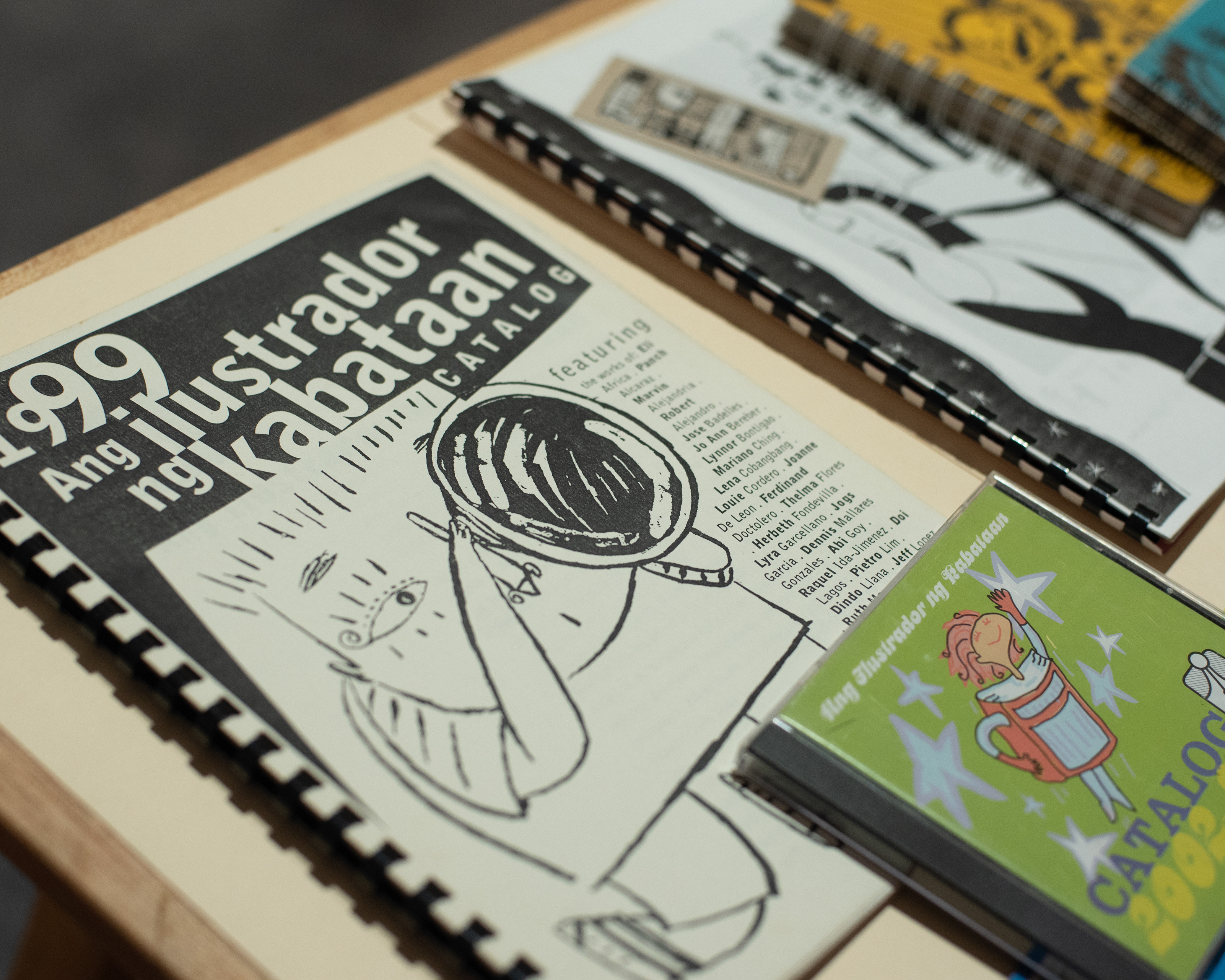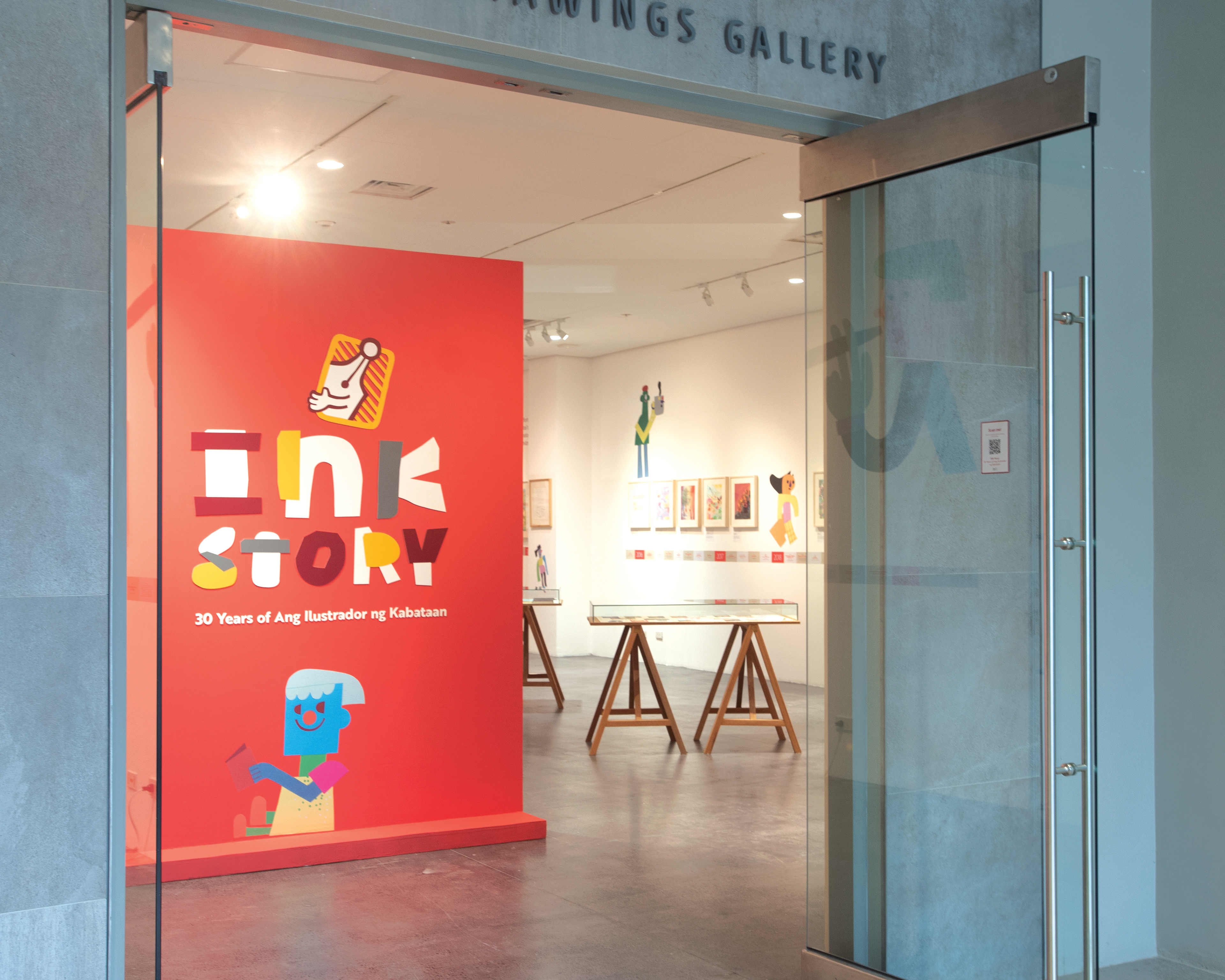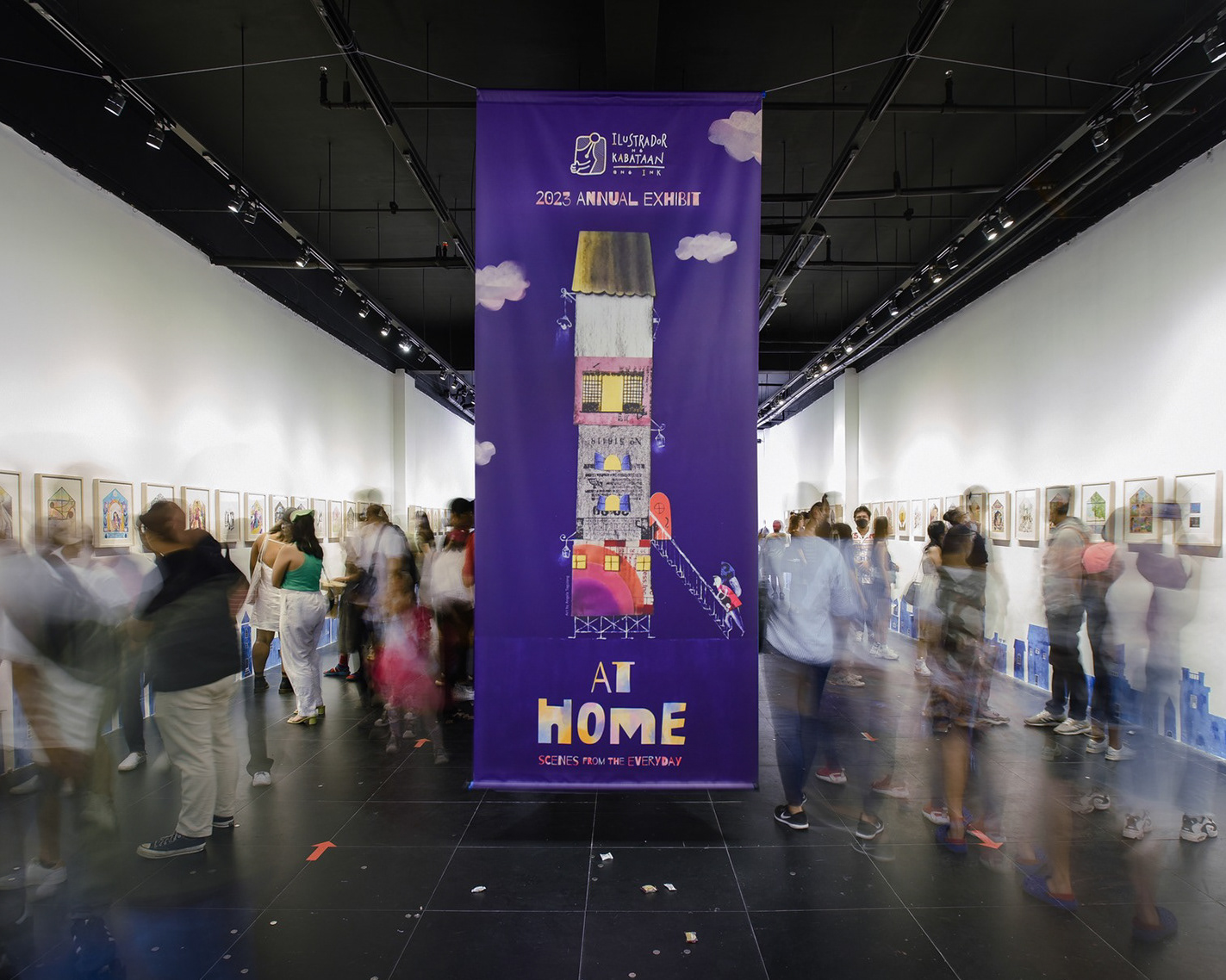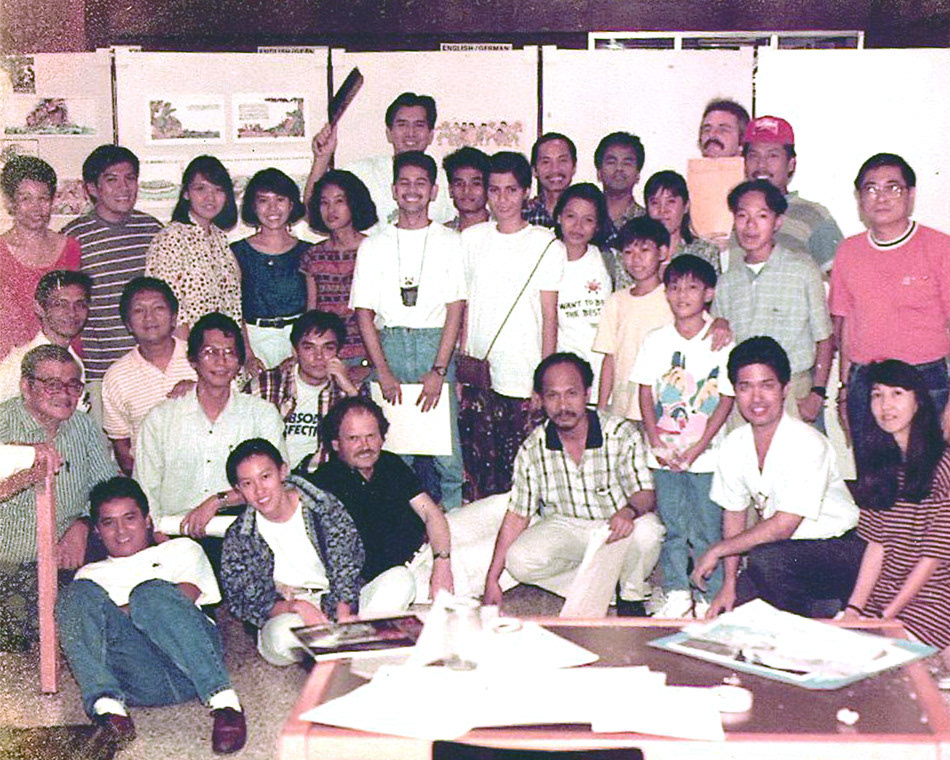Even in the early 1990s, when Ang INK was created, it was difficult to find locally published and illustrated children’s books in stores (except for textbooks, that is). Instead, the market was flooded with foreign publications—mostly fairy tales—featuring blond, blue-eyed characters. Moreover, book illustrators were rarely given credit for their contribution as visual storytellers alongside the writers. This would change.
As an experienced publisher, Karina Bolasco expressed how she considered the children’s book illustrator “the first interpreter of the story” through the artist’s “visual conceptualization and rendition.” Slowly but surely the INKies got to work, injecting Filipino flavor, warmth, and humor into the images in children’s books, creating some of the most beloved characters in contemporary Filipino children’s literature.
The first children’s book project to bear the distinctive Ang INK logo was a set of four pocket-sized titles by Cacho Publishing in 1993. Within a few decades, the landscape of the local children’s book industry became radically different! Bernie Solina recounted how a visit to Powerbooks bookstore left her in tears “because half the area…[was] all children’s books—Philippine children’s books!” Robert Alejandro observed, “The children’s book characters look Filipino—brown with short noses—and there’s representation from the different islands, [Luzon], Visayas, Mindanao…which is wonderful!” In founder Ruben “Totet” de Jesus’ assessment, “Because of what we’ve [been] doing for 30 years, we [have] managed to assert ourselves more, we [have] managed to show our work as book creators. Nag-build yung trust, nag-build yung confidence ng mga tao at nakita nila yung ginagawa namin translated into books for kids.” Another welcome development is that, now, it’s standard practice among reputable publishers that both children’s book writer AND illustrator share in the copyright and get equal billing on the book cover. Grab a local children’s book off the store shelf today and, chances are, an INKie illustrated it!
Over the years, Ang INK has been privileged to work with organizations that share its values. This gave rise to publications such as Water in the Ring of Fire (1996), All From the Same Tree (1997), INKuwento Postcard Book (1998), Workbook on Philippine Animals (1999), Kuwentong Kalikasan, Katha ng Kabataan (1999), Happy Habitats Workbook (2005), Hale, Hale, Hoy! (2006), Climate Change Changes Everything (2007), Mga Tambay sa Tabi-tabi: Creatures of Philippine Folklore (2009). And, in the midst of the 2020 lockdowns and quarantine experience due to COVID-19, the latest batch of INKies came out with an online anthology of illustrations, aptly called PandemINK!
More recently, Ang INK has been collaborating closely with the Center for Art, New Ventures, and Sustainable Development (CANVAS). “The partners that we work with are very crucial,” declared Gigo Alampay, founder and executive director of CANVAS, in an interview with online news show Rundown (ANC, July 29, 2022). “For activity books for instance, we worked with Ang Ilustrador ng Kabataan, which is the premier association of children’s book illustrators in the country...they’re very instrumental in not only toning down the topic, but also conveying it through images in a way that children are engaged and interested. It also becomes easier for parents and teachers to use the books and the images to talk intelligently and respectfully with their children and students about these issues.”
The activity book Karapat Dapat: Bata, alamin ang iyong mga karapatan! (2018) is based on the UN Charter of the Rights of the Child and gained global recognition for its inclusion in the White Ravens list of recommended books by the International Youth Library in Germany. On the other hand, I am the Change in Climate Change (2021) is a call to action to care for the environment in crisis and was conferred the Kids’ Choice Award Chapter Book Category at the 7th National Children’s Book Awards in 2022.

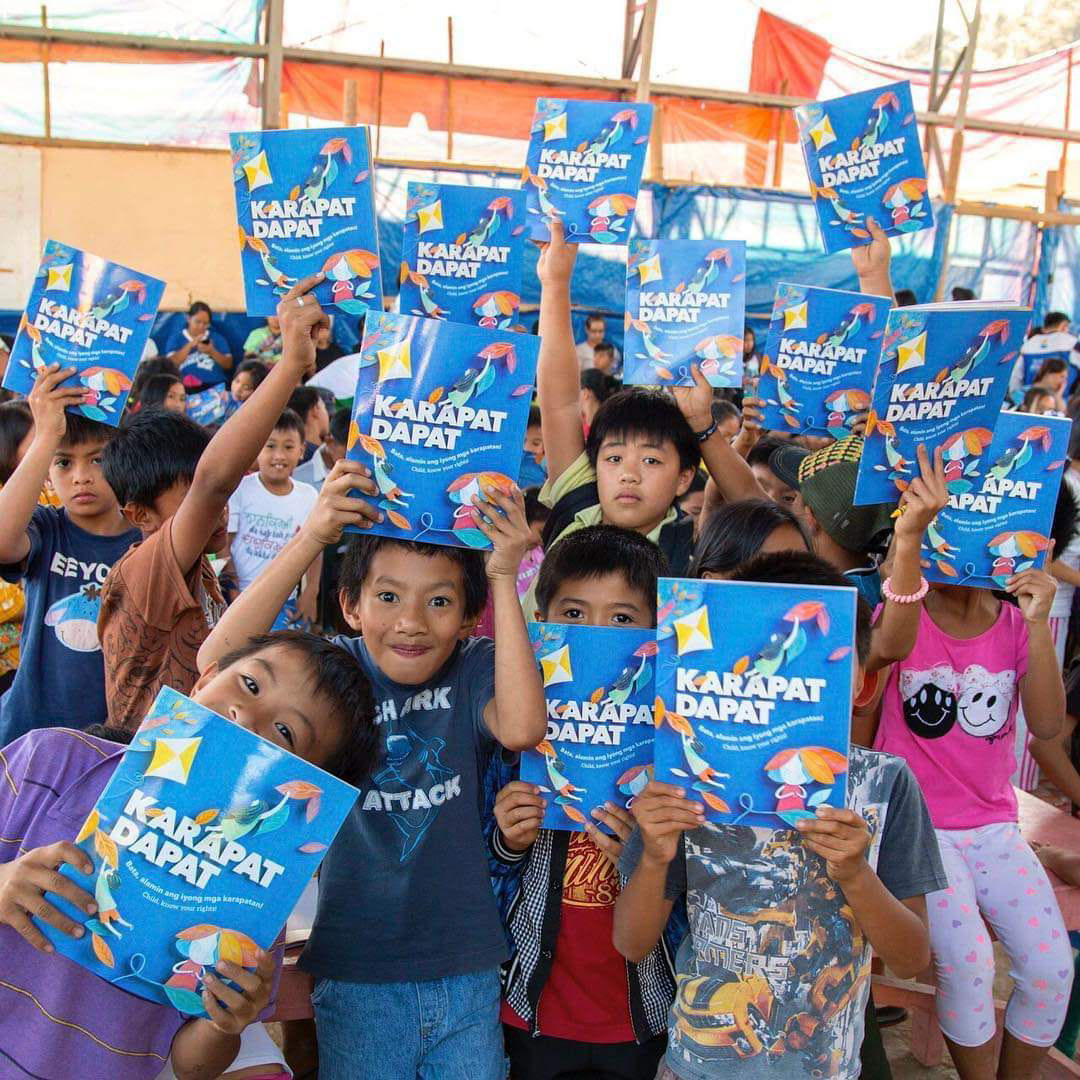
Beyond children’s books, illustrations and art by INKies have made their way into magazines and newspapers, book covers, bookplates, murals, coloring books, zines, collectible postcards, maps, calendars, notebooks, cards, sticker sets, stamps, clothing, wearables (such as wristwatches, face masks, button pins) and many more—in the Philippines and abroad!

